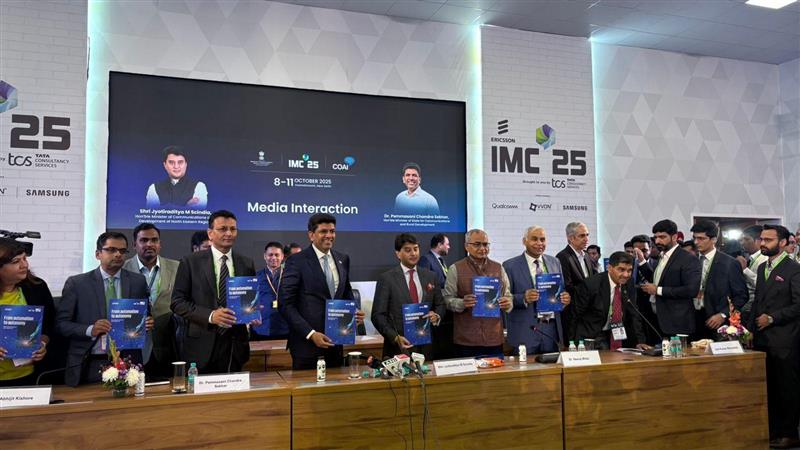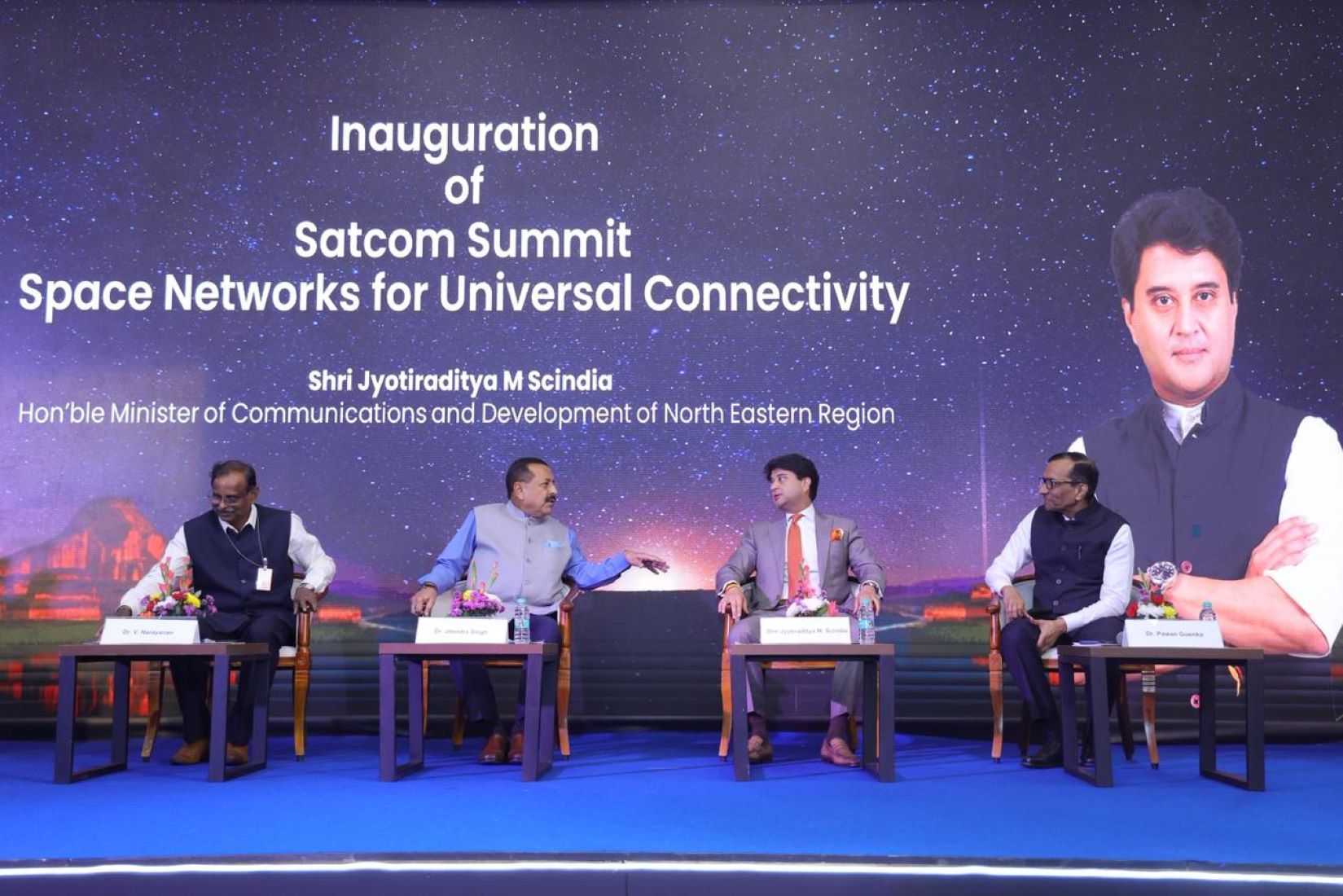KPMG in India has released a detailed report at the India Mobile Congress 2025, exploring how a new form of artificial intelligence could shape the future of the country’s telecom sector. The report, titled “From Automation to Autonomy: Reimagining Telecom with Agentic AI,” was unveiled by Shri Jyotiraditya M Scindia, the Minister of Communications. It suggests that AI systems capable of acting independently, known as Agentic AI, might soon redefine how telecom companies operate by enabling intelligent networks, predictive maintenance, and deeply personalized customer services.
Key Takeaways
- High AI Adoption: Around 97% of telecom companies are already adopting or evaluating AI, and nearly half 49% have it embedded in their daily workflows.
- Shift to Autonomy: While current Generative AI supports human decision-making, Agentic AI is designed to take charge on its own, handling complex tasks such as fixing network issues or managing customer retention automatically.
- Increased Spending: About 65% of global telecom operators plan to raise their AI spending in 2025, with a strong focus on infrastructure development and employee training.
- India’s Advantage: The report highlights India’s massive user base, high data consumption, and favorable government policies as key factors creating the right environment for large-scale AI adoption.
India’s telecom market is among the largest globally, with more than 1.2 billion mobile subscribers and close to 800 million broadband users. This scale generates a tremendous amount of data, which in turn helps in developing and training AI systems. The average data use per person has reached nearly 32 GB each month. Financially, the sector is also gaining stability, with the average revenue per user (ARPU) climbing to about INR 174.46 per month.
The report draws a clear line between Generative AI, which assists people in making decisions, and Agentic AI, which can operate independently. For telecom operators, this evolution could translate into networks capable of repairing themselves or customer service systems that can anticipate when a user might consider switching providers and respond with personalized offers or interventions to retain them.
KPMG’s findings suggest that the industry is already well on its way toward this future. Roughly half of all telecom companies have already implemented at least one Generative AI use case. To accelerate this transition, business leaders are planning to allocate around USD 25 million toward hiring new tech talent and another USD 24 million toward improving customer experience initiatives in the coming year.
Still, the report does not overlook the hurdles. Integrating autonomous AI into existing systems is complex, requiring strong governance structures and extensive workforce training. To assist with this, KPMG has introduced a six-layer model to help telecom operators gradually transition from traditional networks to more intelligent, autonomous ones.
Akhilesh Tuteja of KPMG in India mentioned that Agentic AI marks a fundamental shift in approach, enabling telecom operators to move from reactive management to proactive, self-managing systems. He emphasized that such a transformation would lead to smoother operations, more personalized customer engagement, and entirely new revenue streams. Purushothaman K.G., also from KPMG, added that adopting Agentic AI isn’t just about adding new tools, it demands a complete rethink of business models, technology frameworks, and workforce capabilities.
The report ends on a forward-looking note, encouraging telecom companies to start with smaller pilot projects before scaling up to full implementation. It also underscores the importance of collaboration between telecom operators, policymakers, and startups to build a future-ready, inclusive telecom ecosystem for India.
Frequently Asked Questions (FAQs)
Q. What is Agentic AI?
A. Agentic AI refers to artificial intelligence systems that can act autonomously to achieve goals on behalf of a user. Unlike AI that simply provides information or suggestions, agentic AI can take independent actions, such as managing network traffic or personalizing customer offers without direct human command for each step.
Q. How is Agentic AI different from Generative AI?
A. Generative AI, like ChatGPT, creates new content or provides information to assist human decision-making. Agentic AI goes a step further by taking actions and completing tasks on its own based on the data and its programmed objectives.
Q. Why is the Indian telecom sector a good fit for Agentic AI?
A. India’s telecom sector has a massive scale with over a billion users, generates a very large amount of data daily, and is supported by government policies that encourage digital innovation. This combination makes it an ideal testing ground for developing and deploying large-scale AI systems.
Q. What are the main difficulties in adopting Agentic AI?
A. The primary challenges include the technical complexity of combining autonomous systems with older infrastructure, establishing strong governance and safety rules for AI actions, and upskilling the workforce to collaborate effectively with these new systems.



















